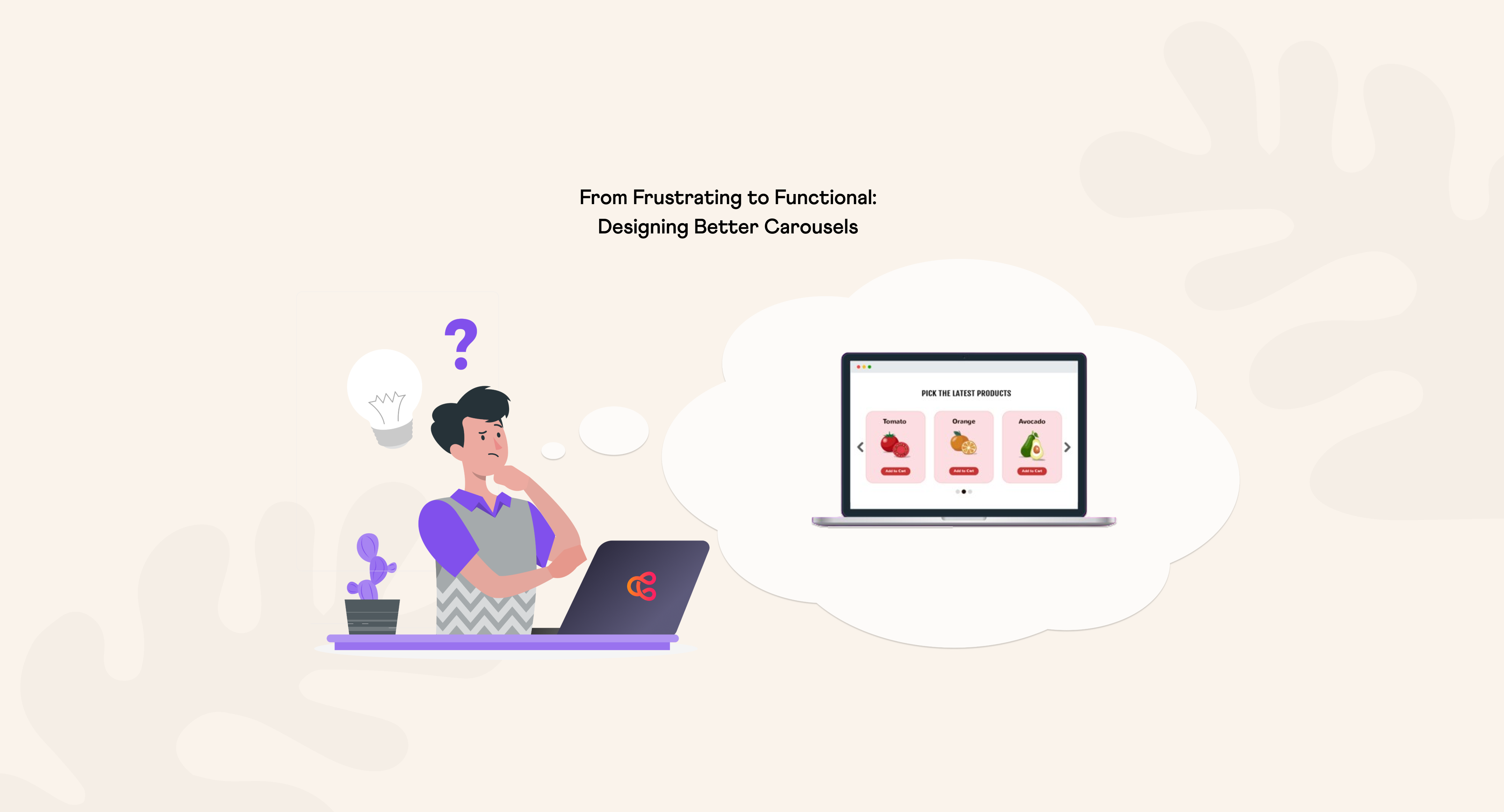Accessible Practices are Good Practices
In our previous article, we discussed going beyond a legal minimum to aim for Level AAA criteria, as well as proactively conforming to WCAG 2.2. In this final article, we want to elaborate on the concept that accessible practices are simply universally good practices.


The Other Humans
Many of our accessibility decisions are grounded in the principles of Digital Hospitality. As humans that make digital products for fellow humans, accessibility is not some gold-medal act of heroism: it is a core and essential right for preserving human dignity. It is a simple duty we believe we are expected to do for each other, and so we do it to the best of our ability.
Speaking as designers and developers, the practices behind digital accessibility also happen to have perfect overlap with what we consider to be simply good practices in general. As it turns out, practices that include as many people as possible, are practices that are universally appreciated, and make for overall positive user experiences. Funny how that works!
Practical Practices
Many of the most fundamental Level A criteria are what most would consider no-brainers: your site should have about the same layout on every page, with things listed in about the same order and in about the same places. If your navigation menu is at the top of the page, it should stay there, and the links in it stay in the same order. No kidding, right?
However, the benefits can be more subtle as well. Proper heading structure and HTML markup doesn’t just help screen readers: it helps any software that’s browsing your site - your SEO might thank you. Color contrast requirements aren’t meant to stifle design: ensuring key content contrasts well with its surroundings makes sure the components visually “pop” and that users are aware of them. If you’re wanting to show off your site’s custom widget, why wouldn’t you make it controllable with the keyboard as well?
Everyone’s Duty
Accessibility is not just a quality assurance matter, it involves the entire team. A good design, by definition, is an accessible design, because we believe accessibility is a requirement for a design being good. Similarly for code, if we’re not producing accessible code or markup, then we must not be producing very good code, because code that gets the job done properly, is code that gets the job done in an inclusive way.
Accessibility covers a range of tasks throughout the project and can’t simply be left to the end. We’ve incorporated accessibility checks into initial project designs as well as inspecting code during the end-of-project QA passes. Not only are we catching more issues, earlier, but the team as a whole is getting immersed in learning accessible practices through constant exposure.
We want to lead the way and help others along that path. Please contact us with any questions about accessibility and how to move toward inclusiveness.
Make your website work for you
Get top dev and accessibility tips delivered directly to your inbox for a more impactful online presence.








